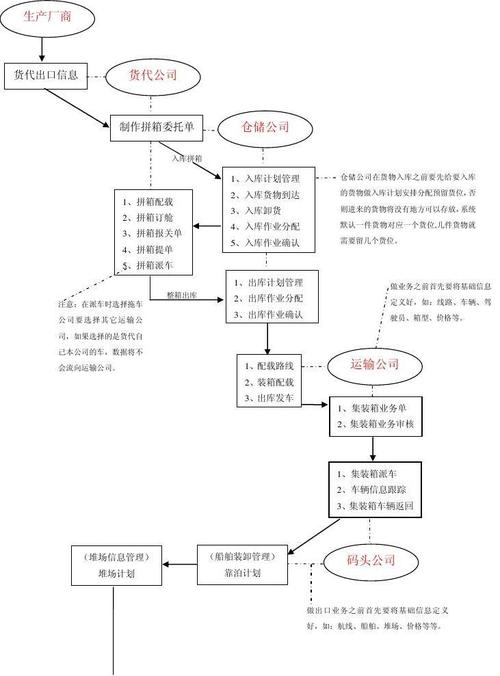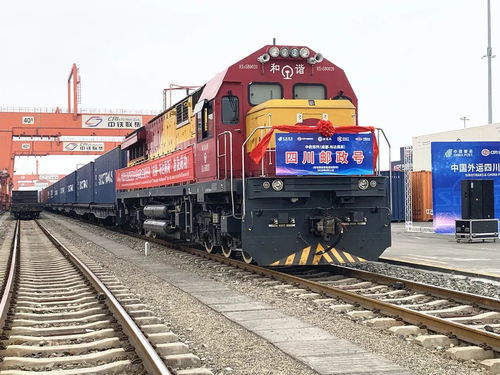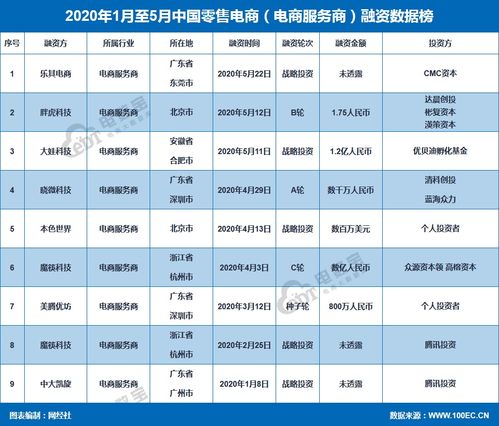Title: Optimizing Ecommerce Logistics Pathways in Thailand
In recent years, the exponential growth of ecommerce has significantly impacted global trade, and Thailand is no exception. As online shopping becomes increasingly popular among Thai consumers, optimizing logistics pathways is crucial for enhancing efficiency, reducing costs, and ultimately improving customer satisfaction. Let's delve into a comprehensive analysis of ecommerce logistics pathways in Thailand and explore strategies to optimize them.
Overview of Ecommerce Logistics in Thailand
Thailand's ecommerce market has been experiencing rapid expansion, fueled by factors such as increasing internet penetration, growing smartphone usage, and changing consumer behavior. With a population of over 69 million and a strong digital infrastructure, Thailand presents immense opportunities for ecommerce businesses.
However, the success of ecommerce ventures heavily depends on the efficiency of logistics operations. Timely delivery, costeffectiveness, and reliability are key factors that influence customer satisfaction and retention. Therefore, understanding the logistics pathways involved in ecommerce is essential for businesses to thrive in the Thai market.
Key Components of Ecommerce Logistics Pathways
1.
Warehousing and Inventory Management:
Effective warehousing plays a crucial role in ecommerce logistics. Distribution centers strategically located across Thailand can minimize transportation costs and reduce delivery times. Implementing advanced inventory management systems can optimize stock levels, minimize stockouts, and enhance order fulfillment efficiency.
2.
Transportation Networks:
Thailand's transportation infrastructure comprises various modes, including road, rail, air, and sea. Efficient utilization of these networks is vital for timely and costeffective delivery. Leveraging technology solutions such as route optimization software and GPS tracking can streamline transportation processes and improve delivery accuracy.
3.
LastMile Delivery:
The lastmile delivery segment is often the most challenging and costly aspect of ecommerce logistics. In urban areas, congestion and traffic congestion can significantly impact delivery times. Investing in alternative delivery methods like drones or bicycle couriers, along with deploying smart delivery lockers, can help overcome lastmile challenges.
4.
Technology Integration:
Embracing technology is paramount for optimizing ecommerce logistics pathways. Integration of logistics management software, IoT devices, and data analytics tools enables realtime tracking, predictive maintenance, and performance analysis. These technologies empower businesses to make datadriven decisions and enhance operational efficiency.
Challenges and Opportunities
1.
Infrastructure Limitations:
Despite significant progress, Thailand's logistics infrastructure still faces challenges such as inadequate road connectivity and congestion at major ports. Addressing these infrastructure limitations requires collaboration between the government and private sector stakeholders to invest in infrastructure development projects.
2.
Regulatory Environment:
Navigating regulatory frameworks related to customs clearance, taxation, and licensing can be complex for ecommerce businesses operating in Thailand. Establishing streamlined processes and ensuring compliance with regulations are imperative to avoid delays and penalties.
3.
Rural Accessibility:
While ecommerce penetration is higher in urban areas, reaching customers in rural regions poses unique challenges. Developing innovative logistics solutions tailored to rural environments, such as mobile delivery hubs or community pickup points, can expand market reach and accessibility.
4.
Customer Expectations:
With the rise of ecommerce giants like Lazada and Shopee, Thai consumers have become accustomed to fast and reliable delivery services. Meeting or exceeding these expectations is critical for gaining a competitive edge in the market and fostering customer loyalty.
Strategies for Optimization
1.
Collaborative Partnerships:

Collaborating with thirdparty logistics providers (3PLs) can enhance flexibility and scalability in logistics operations. By leveraging the expertise and infrastructure of 3PLs, ecommerce businesses can focus on core activities while ensuring efficient order fulfillment.
2.
DataDriven Decision Making:
Harnessing data analytics to gain insights into consumer behavior, demand patterns, and operational performance is essential for optimizing logistics pathways. By leveraging predictive analytics, businesses can anticipate demand fluctuations and proactively adjust inventory and delivery strategies.
3.
Investment in Technology:
Continuous investment in technology solutions, such as automation, robotics, and artificial intelligence, can drive efficiency gains in ecommerce logistics. Automation of repetitive tasks in warehousing and transportation can streamline operations and reduce labor costs.
4.
Sustainable Practices:
Adopting sustainable logistics practices not only reduces environmental impact but also contributes to cost savings and brand reputation. Implementing ecofriendly packaging materials, optimizing delivery routes to minimize fuel consumption, and exploring renewable energy options are steps toward sustainable logistics.
Conclusion
Optimizing ecommerce logistics pathways in Thailand is essential for unlocking growth opportunities and staying competitive in the dynamic market landscape. By focusing on enhancing warehousing capabilities, leveraging technology solutions, addressing infrastructure challenges, and meeting evolving customer expectations, ecommerce businesses can establish efficient and resilient logistics operations. Embracing collaboration, innovation, and sustainability will be key drivers of success in the evolving ecommerce ecosystem of Thailand.
This holistic approach to logistics optimization not only benefits businesses but also contributes to the overall development of Thailand's ecommerce industry, driving economic growth and prosperity.
I structured the content to cover various aspects of ecommerce logistics in Thailand, including challenges, opportunities, and strategies for optimization. Let me know if you need further details on any specific aspect!











